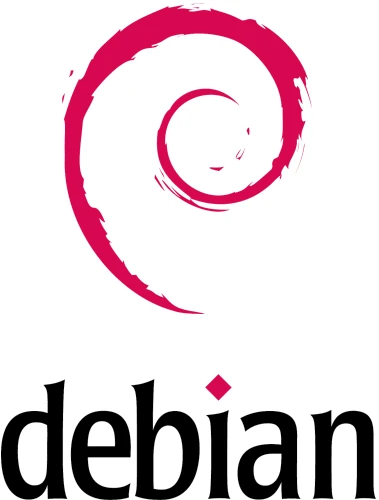Two months with Debian Trixie
When I got my new laptop two months ago, I needed to choose a Linux distro to install. Arch was my go-to for the last 15 years on desktops, but even though it usually works fine, breaking updates can happen. That's not what I wanted on a portable device I might need to take somewhere on short notice. Since Debian Trixie was about to be released, I decided to give it a try. After all, I'd been using Debian on servers for years, and it's always worked flawlessly.
The installation process was simple and user-friendly. I could connect to my wi-fi, enable disk encryption, pick one of the desktop environments, and complete other necessary steps without typing a single command in the console. It's very similar to distros like Mint and Ubuntu, so no extra documentation is required.
When it comes to daily use, there isn't much to say - it just works. Plasma has a few minor bugs, for some of them I already know workarounds. Debian has a reputation of being an outdated distro, but is that a problem for the base system? In my case, the answer is no. Flatpak integrates with Plasma's software manager and gives you easy access to the latest versions of user applications like web browsers or IDEs, where new features are desirable. Meanwhile, Docker covers headless software like databases. The only reason I'd be inclined to install Arch is if I needed a fresh video driver for playing games, but this laptop isn't a gaming device.
It probably took me far too many years to finally try Debian as a daily driver. The overall reliability and predictability of the system are fantastic - it's nice having a stable Linux for a change.
